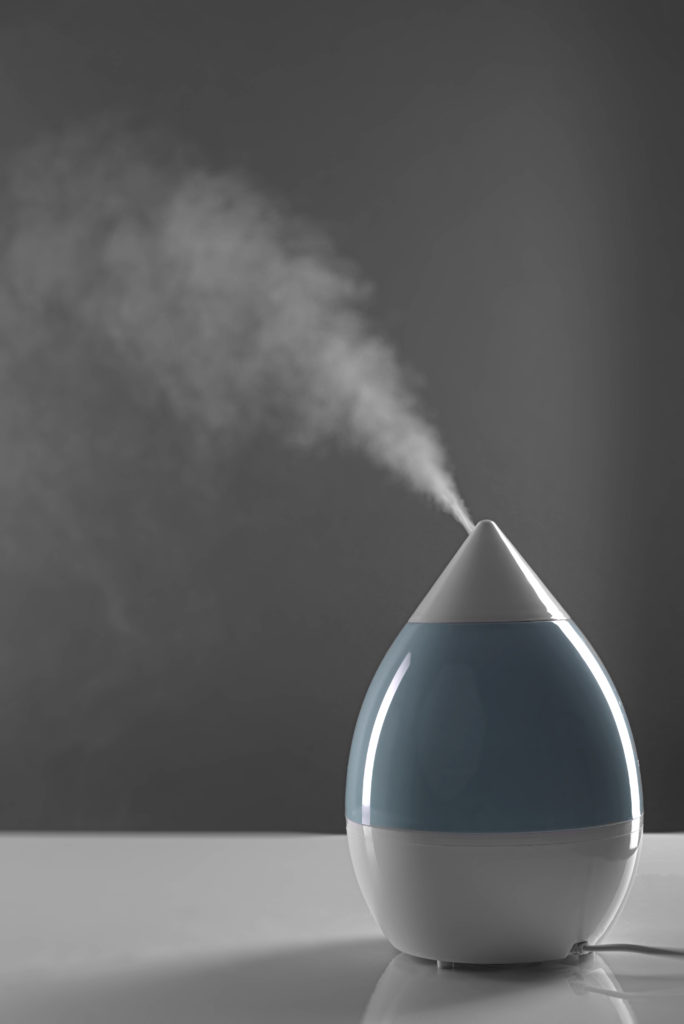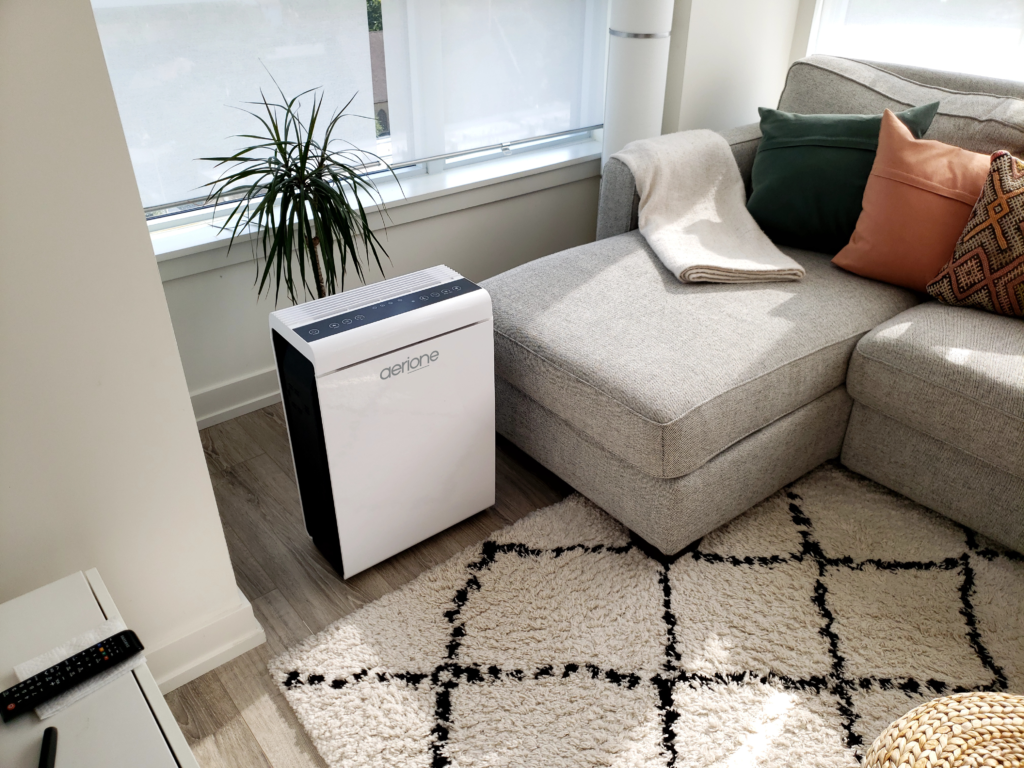Creating a Healthy Home Environment

Proper Ventilation:
Tip 1: OPEN THOSE WINDOWS
One of the easiest and most cost-effective ways to improve indoor air quality is by opening your windows regularly. Letting in fresh outdoor air helps flush out indoor pollutants and keeps the air in your home clean and crisp.
Tip 2: USE EXHAUST FANS
In areas like the kitchen and bathroom, make use of exhaust fans. These fans help remove excess moisture, cooking fumes, and odors from your home, ensuring a fresher atmosphere.

Tip 3: INVEST IN AN AIR EXCHANGER
Consider installing a mechanical ventilation system if you want to take ventilation to the next level. Air exchangers help your home “breathe” by evacuating stale air and pollutants outside and drawing fresh air inside.
Monitor Humidity Level:
In the wintertime, your heater can cause your home’s air to dry out. As a result, symptoms as dry skin, itchy skin, dry, itchy eyes, chapped lips, nasal congestion, or nose bleeds can occur.
Air that’s too dry can also aggravate symptoms of respiratory conditions, like asthma, and skin conditions, like eczema. And some viruses, like the flu, can even survive longer in dry environments.
On the other hand, home air that is too humid (too damp) may cause molds to appear and have negative impacts on your home’s structure and your health. Too much moisture can result to colds, sinus congestion, coughing, mucus build-up, wheezing, and shortness of breath.

Tip 1: MAINTAIN PROPER HUMIDITY LEVELS
Balancing indoor humidity is crucial for comfort and health. Aim for humidity levels between 30% and 50%. Too much moisture can lead to mold growth, while too little can cause dry skin and respiratory issues.
Tip 2: USE A DEHUMIDIFIER
In areas where humidity tends to be high, such as basements and bathrooms, a dehumidifier can be a lifesaver. It helps reduce excess moisture in the air, preventing mold and mildew.
Tip 3: EMPLOY A HUMIDIFIER
During dry seasons or in arid climates, adding a humidifier can combat overly dry indoor air. This helps prevent issues like dry skin, irritated eyes, and sore throats.
Air Purifiers:
Air purifiers act as your home’s defense against airborne pollutants that lead to allergies and respiratory issues. Air purifiers can also effectively remove odors due to cooking, pets, smoke, and more. Some are equipped with UV-C light or medical grade HEPA filters capable of capturing and deactivating airborne viruses and bacteria, providing an additional layer of protection against illnesses.
Tip 1: CHOOSE CLEANING TECHNOLOGY WISELY
When selecting an air purifier, look for one with HEPA13 filters. This filter will remove at least 99.97% of aerosols 0.3 micrometers in diameter and is considered as medical grade. For odor and VOC, use air purifiers that include activated carbon filters. It is worthwhile also to consider other air purifiers like this that make use of additional cleaning features as UV light, negative ion technology, and even layers of copper to help kill airborne bacteria and viruses.
Tip 2: CLEANING EFFECTIVENESS
Consider the size of the room where you plan to use the air purifier. Choose a model with a coverage area and CADR (Clean Air Delivery Rating) suitable for that space to ensure effective air purification. Air purifiers come in different sizes and CADRs. The higher these are the more effective and faster will be the air cleaning process. As an example, a unit with a CADR of 800 cu.m/hr should clean a room that is 1,000 sq.ft. in size in less than 17 mins.

Tip 3: PLACEMENT AND MAINTENANCE
Air purifiers work by drawing in air from their surroundings, passing it through filters, and then releasing clean air. Placing the unit in an area with good air circulation allows it to capture more pollutants as the air naturally flows toward the purifier.
Identify also the source of indoor air pollution in your home. If you have specific issues like pet dander or cooking odors, position the air purifier near these sources to capture pollutants at the source.
Ensure that the air purifier has sufficient space around it to draw in and expel air freely. Avoid placing it behind furniture, curtains, or other obstructions that may impede airflow.
Remember to clean or replace the filters as recommended in the user manual.
Indoor Plants:
Tip 1: THE POWER OF GREENERY
Indoor plants aren’t just decorative; they also help purify the air. Some plants, like spider plants, snake plants, and peace lilies, can remove common indoor pollutants.

Tip 2: EASY MAINTENANCE
Choose indoor plants that are easy to care for and fit your space. Regularly water and provide them with appropriate lighting to keep them thriving and purifying your indoor air.
In conclusion, creating a healthy home environment doesn’t require drastic changes. By implementing these simple tips on proper ventilation, humidity control, using air purifiers, and adding indoor plants, you can significantly enhance the quality of the air you breathe at home. A healthier home means a happier and more vibrant you. Start making these changes today to enjoy the benefits of a cleaner, fresher living space.
sales
- Wholesale Inquiries: sales@aerione.com
